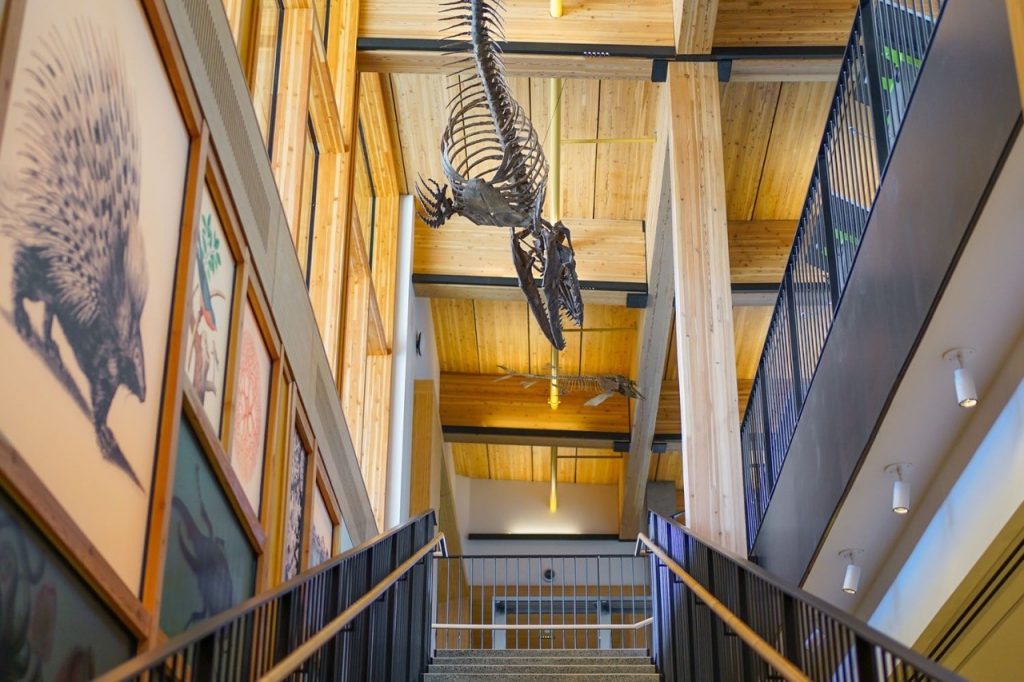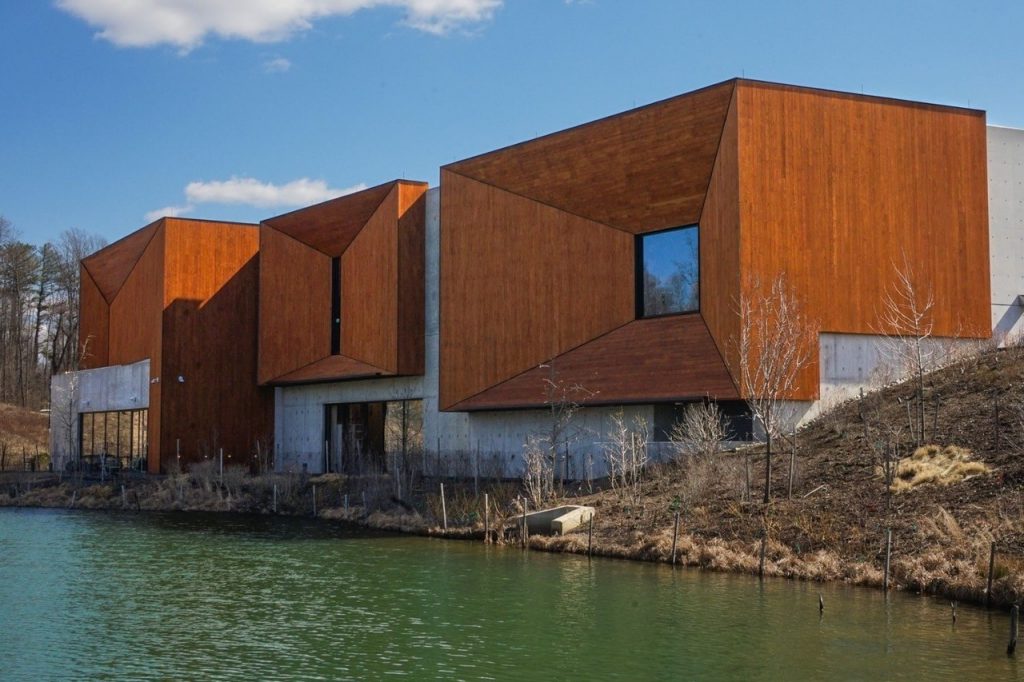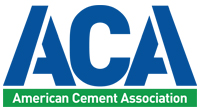Gateway to the past: State-of-the-art facility showcases prehistoric wonders

In collaboration with Ennead Architects and KSS Architects, Buro Happold has brought to life the Jean and Ric Edelman Fossil Park Museum at Rowan University in Glassboro, New Jersey.
The facility offers visitors a unique opportunity to explore ancient worlds through the lens of modern science and technology.
Details follow from associate principal (MEP) Rachel Modica, principal (structures) Stephen Curtis, and associate principal (lighting) Wei Liu as they share the innovative engineering solutions and sustainable practices that define this project.
The journey to zero fossil fuels
Tell us the story of how ‘zero fossil fuels at the fossil park’ came about. What strategies were implemented? What was achieved or aims to be achieved?
Rachel Modica (RM): The initiative to eliminate fossil fuels at the Edelman Fossil Park originated from Ken Lacovara, the head of the Edelman Fossil Park Museum. This was a priority from the project’s inception, as many of the museum’s exhibitions focus on the first great extinction and the lessons it offers for the future, particularly regarding climate change. Ensuring the site was free of fossil fuels was essential to align with the museum’s message.
To achieve this, we implemented several strategies. Our first step was a passive energy reduction strategy, starting from the concept design phase. We conducted extensive shoebox energy modeling in collaboration with Ennead Architects to determine the optimal site placement for the project. This process involved evaluating various site options and using programming and energy results to finalize the building’s location and optimize the facade selection and design criteria before addressing active mechanical systems.
We explored multiple mechanical system options, including air source heat pumps and geothermal systems. The client’s commitment to maintaining a fossil fuel-free site led to their decision to invest in geothermal energy for the project.
Additionally, we calculated the photovoltaic (PV) requirements to achieve net-zero operational energy. While the museum is still in the process of producing the solar array, it intends to build it based on our recommendations to completely offset its energy use. Further, the museum has committed to purchasing zero-carbon energy from the grid, as confirmed by Rowan University.
What types of renewable energy sources are being used, and how do they integrate with the building’s design? Can you describe the energy systems in place that allow the museum to operate without fossil fuels?
RM: The renewable energy source for this project is a solar PV, which will be installed onsite. The energy systems also include geothermal solutions, contributing to our goal of achieving zero fossil fuel usage.
Embracing mass timber
What were the key considerations in choosing mass timber for part of the project?
Stephen Curtis (SC): We strategically used mass timber in localized areas of the museum. Working with the design team, we decided to leverage mass timber where it would have the most impact on the building and visitor experience. For example, the dig lab space, which isn’t open to the public, didn’t receive this focus. In the exhibition spaces, the focus is on the exhibits, not the building structure, so the roof structure is spray-painted black to draw attention to the exhibits.
We strategically limited the use of mass timber to the public spaces, crafting a dramatic and welcoming area.
How does the use of mass timber contribute to the overall sustainability goals of the project? How does that lower the embodied carbon of the project?
SC: When comparing three different buildings—one concrete, one steel-framed, and one mass timber—the mass timber building would likely have about half the embodied carbon of the concrete one and about two-thirds of the embodied carbon of the steel one. This illustrates how mass timber contributes to achieving a lower carbon footprint.
While this building isn’t entirely mass timber, it incorporates concrete (some exposed), steel framing, cold-formed steel framing, and mass timber; the mass timber is reducing the embodied carbon. It is having a positive impact. By its nature, mass timber lowers the embodied carbon compared to other framing materials.
In addition, in mass timber buildings, the timber is often exposed, eliminating the need for ceilings and wall finishes. This reduces the investment in money, energy, effort, and carbon in these finishes, offering an additional benefit from an embodied carbon perspective.
The concrete used on the project included cement replacement products, which helped reduce the material’s embodied carbon.

Lighting considerations to enhance visitor experience
Can you explain how the lighting design in the museum enhances the visitor experience, particularly in terms of wayfinding and the focus on exhibits?
Wei Liu (WL): During the daytime, the lighting team used natural daylight rather than traditional sterile fixtures to support visitor wayfinding. The sunlight shines through and lights up the concrete surface, creating tremendous natural light for the entire space.
When you’re standing at the front entrance and looking all the way towards the museum, you won’t see any lighting features at all. This intentional design choice hides light fixtures to keep the focus on the exhibits, cross-laminated timber (CLT), and natural light that comes in through the skylight.



